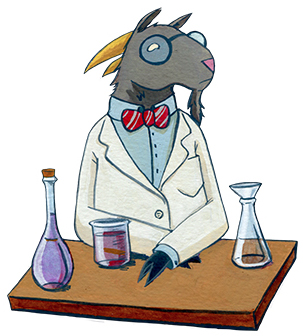Difference between revisions of "Adding Pigment"
From Londonhua WIKI
| Line 36: | Line 36: | ||
<br><br> | <br><br> | ||
<br> | <br> | ||
| − | = | + | =Monet= |
| − | |||
| − | |||
| − | |||
| − | |||
| − | |||
| − | |||
| − | |||
| − | |||
| − | |||
| − | |||
| − | |||
| − | |||
<br> | <br> | ||
Art | Art | ||
Revision as of 14:56, 30 May 2017
Contents
Adding Pigment
by akgiacoman
 Your Project Page Picture Caption |
Abstract
"A London Full of Colour" is a project that aims to portray a different reality of the daily life of London citizens. By picturing different scenarios in their reality comparing them to the reality that I choose for each one of them, the audience will be able to admire the beauty and uniqueness of the city from a different perspective. I have gone to international poetry competitions and taken painting and photography courses before arriving to college. This project will combine my favorite forms of expression through art and hopefully brighten the days of the viewers. The main message I wish to convey is that every single one of us chooses the reality they want to live in, meaning that the same place could be seen as a prison for our souls or a wonderland for our imagination. The goal of this Milestone, however, is to paint five oil/pastel surrealistic paintings of the most emblematic sites in London exaggerating the use of bright colors instead of the usual gray palette that is seen due to the weather.
Introduction
I suggest you save this section for last. Describe the essence of this project. Cover what the project is and who cares in the first two sentences. Then cover what others have done like it, how your project is different. Discuss the extent to which your strategy for completing this project was new to you, or an extension of previous HUA experiences.
As you continue to think about your project milestones, reread the "Goals" narrative on defining project milestones from the HU2900 syllabus. Remember: the idea is to have equip your milestone with a really solid background and then some sort of "thing that you do". You'll need to add in some narrative to describe why you did the "thing that you did", which you'd probably want to do anyway. You can make it easy for your advisors to give you a high grade by ensuring that your project milestone work reflects careful, considerate, and comprehensive thought and effort in terms of your background review, and insightful, cumulative, and methodical approaches toward the creative components of your project milestone deliverables.
Section 1: Background
Artistic Component
Despite the widespread social anxiety caused by the fog, many artists found in it a source of inspiration from a wide broad of perspectives. For some fog represented a looming presence, alive and malignant.[1] The majestic London soon became a city where "no beautiful thing, on which art and trouble has been bestowed, can long keep its beauty"[2].
Artists From the Past
Being a city immersed in its own history, London has seen a lot happening through its streets, and digging in the past, it is easy to find a more gloomy, mysterious and heavy perspective of the fog, enraptured in all kinds of art. The following representatives were chosen because of their imminent and irrefutable success in their disciplines.
???
Art
Monet
Art
Charles Dickens
Literature
Sir Arthur Conan Doyle
Literature
Fred Morley
Photography
Artists from the present
In more contemporary times, leaving behind the dense, yellow and deadly fog as an everyday scene, London is a setting that enraptures less mystery and more and more magic. More color and a wider variety of emotions are displayed in all forms of art.
Pete Rumney
Art
Art
J.K. Rowling
Literature
=
Section 2: Deliverable
In this section, provide your contribution, creative element, assessment, or observation with regard to your background research. This could be a new derivative work based on previous research, or some parallel to other events. In this section, describe the relationship between your background review and your deliverable; make the connection between the two clear.
Subsection 1
...use as many subsections or main sections as you need to support the claims for why what you did related to your Background section...
Subsection 2
...and so on and so forth...
Gallery
Conclusion
In this section, provide a summary or recap of your work, as well as potential areas of further inquiry (for yourself, future students, or other researchers).
References
Add a references section; consult the Help page for details about inserting citations in this page.
Attribution of Work
For milestones completed collaboratively, add a section here detailing the division of labor and work completed as part of this milestone. All collaborators may link to this single milestone article instead of creating duplicate pages. This section is not necessary for milestones completed by a single individual.
External Links
If appropriate, add an external links section
Image Gallery
If appropriate, add an image gallery
[[Category:Art Projects]]
<br>
[[Category:2017]]
See the Category Help page for assistance. Don't include irrelevant category tags in your Milestone page (like the Template category!)


